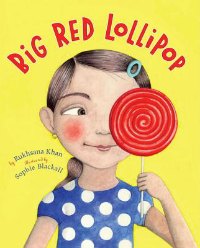

I designed an independent study focusing on under-represented voices in literature, film, and art. That year I made a bold choice to ditch the Bard and privilege the voices of women and contemporary writers of colour. What messages was I sending to students with my book choices? Whose voices were missing? What if I changed everything and sought out texts that better represented my students and community? Having just taught Ontario’s Grade 11 Gender Studies course, which had opened my mind to intersectional ways of thinking, I couldn’t help but notice that the writers populating the shelves presented a very narrow demographic: they were mostly Western, white, male, and long dead. Eager to prepare, I visited our school book room, but came away feeling uninspired by the options: 1984, Animal Farm, Fifth Business, and lots of Shakespeare.

Five years ago, I was assigned to teach Grade 12 English for the first time in years.


 0 kommentar(er)
0 kommentar(er)
